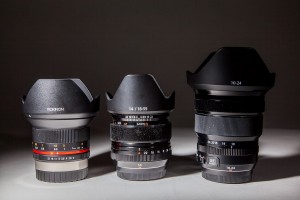Here are a few images from a fall color trip Barbara and I took at the beginning of October. Colorado is really magical for fall colors, just gorgeous, miles and miles of aspens turning color and fluttering in the breeze. The cool breezes and the hints of cooler weather in the future really make it special. We spent about a week in the San Juan moutains, enjoying the vistas and the colors. There are so many places to explore and discover that we hardly scratched the surface. The photographs here are from the area just south of Telluride a storm system was approaching and we were on our way out of the area. A more mundane life was pulling us back to the hustle and bustle of day to day living. Enjoy.
I will continue to add more posts with more images as I get them posted. On a technical note I only brought my mirrorless cameras, Barbara and I were shooting Fujifilm cameras, a X-T1 and X-E2. I also had my Sigma DP2Q and DP3m, but in this post these are all from me and the X-T1. Traveling with these smaller cameras is really a pleasure.




























